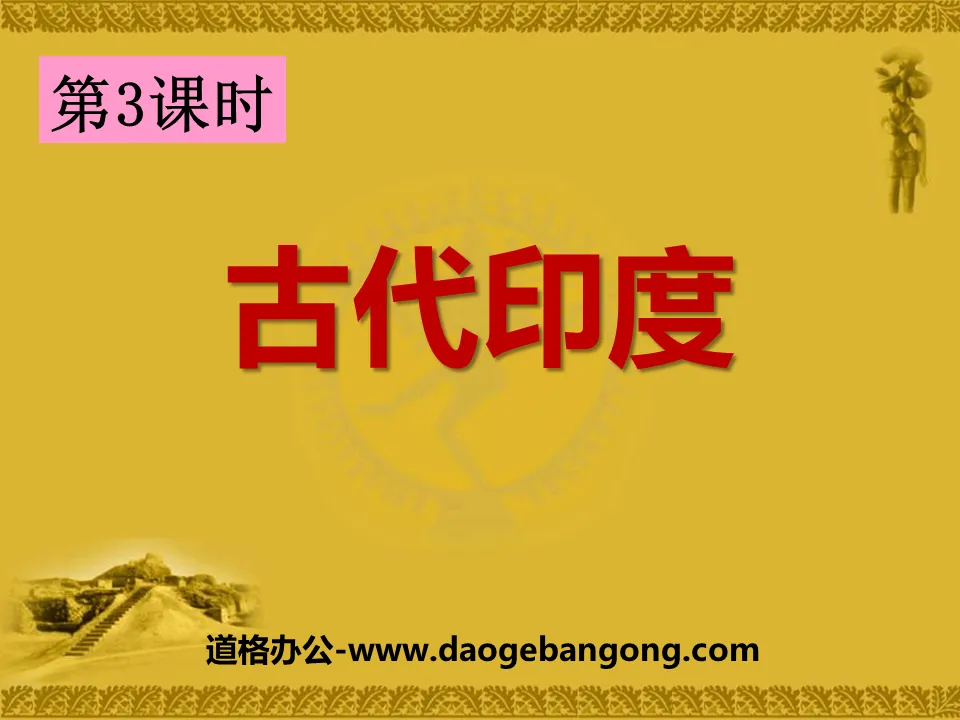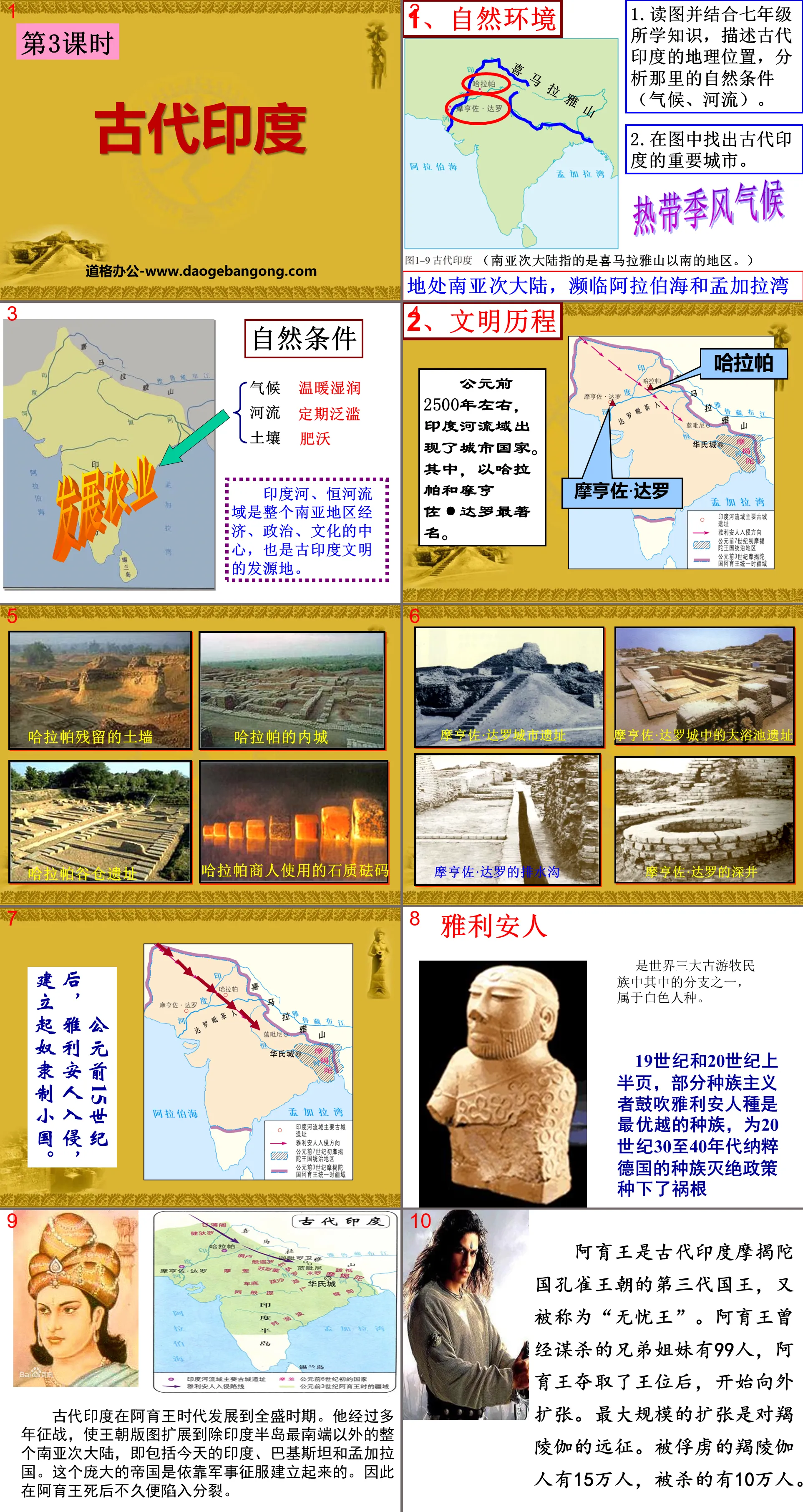The second volume of history for eighth grade compiled by the People's Education Publishing House
Zhonghua Book Company Edition Eighth Grade History Volume 2
Zhonghua Book Company Edition Seventh Grade History Volume 2
People's Education Edition Eighth Grade History Volume 1
Yuelu Edition Seventh Grade History Volume 2
People's Education Edition History and Society 9th Grade Part II
People's Education Press History and Society Grade 9
Volume 1 of the seventh grade history compiled by the People's Education Publishing House
People's Education Press Seventh Grade History Volume 1
People's Education Press History and Society for Grade 8 Volume 1
East China Normal University Edition Seventh Grade History Volume 1
People's Education Press Ninth Grade History Volume 2
People's Education Press History and Society Grade 7
People's Education Edition Eighth Grade History Volume 2
Yuelu Edition Seventh Grade History Volume 1
People's Education Press Seventh Grade History Volume 2

| Category | Format | Size |
|---|---|---|
| People's Education Edition History and Society for Grade 8 | pptx | 6 MB |
Description
"Ancient India" Diverse Development of Early Civilizations PPT
Part One: Natural Environment
1. Read the picture and combine it with the knowledge learned in seventh grade to describe the geographical location of ancient India and analyze the natural conditions there (climate, rivers).
2. Find the important cities in ancient India in the picture.
Located in the South Asian subcontinent, bordering the Arabian Sea and the Bay of Bengal
Natural conditions
The Indus and Ganges river basins are the economic, political, and cultural centers of the entire South Asia region, and are also the birthplace of ancient Indian civilization.
Ancient India PPT, Part 2: The History of Civilization
Around 2500 BC, city-states emerged in the Indus Valley. Among them, Harappa and Mohenjo Daro are the most famous.
After the 15th century BC, the Aryans invaded and established a small slave country.
City-states emerged in 2500 B.C.
The Aryans invaded and established some small states
From the 6th century BC, the peninsula was gradually unified
In the 3rd century BC, King Asoka of Magadha basically unified the peninsula.
split again
Ancient India PPT, Part 3: Caste System
Origin: After the Aryans entered ancient India, different levels gradually emerged internally, forming a strict hierarchical system called the "caste system."
Please guess which level he is based on the different occupations of the four levels in the caste system?
Mainly engaged in agriculture, animal husbandry, handicrafts, and commerce
Engage in religious matters
Engage in agriculture, animal husbandry, fishing, pig raising and other occupations.
Engage in national military and administrative affairs.
Features:
1. The hierarchical system is very strict, and there are strict boundaries between different levels;
2. People of different classes are not allowed to intermarry with each other.
3. People at the next level cannot engage in occupations at the upper level;
Purpose (substantial): To maintain the dominance of high-ranking castes.
Ancient India PPT, Part 4: Buddhism
Independent learning and thinking:
1. When, where and who founded Buddhism?
2. What was the background of Sakyamuni’s founding of Buddhism?
3. What are the teachings of Buddhism?
4. When was Buddhism promoted?
5. Since Buddhism advocates "the equality of all living beings" and opposes hierarchy, why did Ashoka, as a member of the ruling class, still promote and spread Buddhism?
1. The emergence of Buddhism
Background: The caste system has intensified social conflicts. With the development of society, the caste system has increasingly aroused people's dissatisfaction, and sentiment against Brahmin privileges continues to rise.
Time of creation: 6th century BC
Founder: Gautama Siddhartha, later known as "Sakyamuni".
2. Buddhist teachings
Buddhist classics
Collectively known as Tripitaka
Buddhist teachings
(1) Promote "equality of all living beings" and oppose the caste system promoted by Brahmins;
(2) It is believed that human birth, old age, illness and death are all "suffering", and the root of suffering is human desire. Only by eliminating desire, patiently obeying, and practicing hard can we get rid of "suffering" and reach the "Ultimate World"
How to understand Buddhist teachings?
①Buddhism advocates the idea of "equality of all living beings" on the surface to oppose the hierarchical system of ancient India. It reflects the demands of the lower class people to a certain extent and is easily accepted by the masses.
② Buddhism only promises people illusory equality, not equality in the real world. Buddhism does not oppose slavery and puts Kshatriyas first; she comforts the unfortunate people in this life with the happiness of the next life; it requires people Submit to the oppression and exploitation of the ruling class, be patient and obedient, and do not resist.
Buddhism has become a spiritual tool for the ruling class to enslave and dominate the working people.
3. Development and spread of Buddhism
1. Development
In the 3rd century BC, King Asoka vigorously promoted Buddhism and built a
Many Buddhist temples and pagodas...sent monks to preach in neighboring countries.
2. The spread route of Buddhism
Around BC (late Western Han Dynasty), Buddhism was introduced to China
After Jianzhen of the Tang Dynasty traveled eastward, Buddhism was introduced to Japan
The main area where Buddhism is now spread: Asia
Ancient India PPT, Part 5: Class Summary
India in South Asia is another birthplace of human civilization. India is one of the famous ancient civilizations. Around 2500 BC, a small slave state appeared here. Later, the Aryans from Central Asia invaded India and established slave states in the Indus and Ganges river basins. After the Aryans entered India, they formed a strict hierarchical system in India, which was known as the "caste system" in history. It artificially divides Indian society into four classes from top to bottom, with different levels and different rights and obligations. In his struggle against the caste system, Siddhartha Gautama founded Buddhism.
How to understand Buddhist teachings?
Buddhism's claim that "all living beings are equal" is ostensibly to oppose the hierarchical system of ancient India. To a certain extent, it reflects the demands of the lower classes and is easily accepted by the masses.
Buddhism advocates the equality of all living beings, which is mainly reflected in the equality of "karma and rebirth". It is believed that regardless of high caste or low caste, those who have done good deeds will be born into wealthy families in the next life, and those who have done bad deeds will be born into humble families in the next life.
Buddhism has become a spiritual tool for the ruling class to enslave and dominate the working people.
Keywords: Free download of History and Society PPT courseware for the eighth grade of the People's Education Press, PPT download of ancient India, PPT download of early civilizations with diverse development, .PPT format;
For more information about the PPT courseware "Early Civilizations with Diverse Development in Ancient India", please click the "Early Civilizations with Diverse Developments in Ancient India ppt" ppt tag.
"Ancient India" PPT download:
"Ancient India" PPT Download Part One: Ancient Indus Valley Civilization (1) Origin of the Indus Valley (2) Main Sites Harappa and Mohenjodaro (3) The Formation and Unification of the Country: Approximately 23 BC century before the 18th century. Foreigners entering...
"Ancient India" PPT courseware:
"Ancient India" PPT courseware Part 1: Text explanation 1 Ancient Indus Valley Civilization 1. Natural conditions: In southern Asia, the Indus River meanders from north to south. In summer, the snow in the Himalayas melts, and the monsoons also bring abundant rainfall. There is ample water on both sides of the strait..
"Ancient India" PPT:
"Ancient India" PPT Part One Content: Teaching Objectives 1. Know the geographical location, natural environment, and civilization history of ancient India; the Indian caste system; and the rise and spread of Buddhism. 2. Guide students to read relevant materials about India’s caste system and Buddhist teachings, and cultivate...
File Info
Update Time: 2024-09-08
This template belongs to History courseware People's Education Edition History and Society for Grade 8 industry PPT template
"Ancient India" Diverse Development of Early Civilizations PPT Simple campus recruitment activity planning plan summary enterprise and institution recruitment publicity lecture PPT template is a general PPT template for business post competition provided by the manuscript PPT, simple campus recruitment activity planning plan summary enterprise and institution recruitment promotion Lecture PPT template, you can edit and modify the text and pictures in the source file by downloading the source file. If you want more exquisite business PPT templates, you can come to grid resource. Doug resource PPT, massive PPT template slide material download, we only make high-quality PPT templates!
Tips: If you open the template and feel that it is not suitable for all your needs, you can search for related content "Ancient India" Diverse Development of Early Civilizations PPT is enough.
How to use the Windows system template
Directly decompress the file and use it with office or wps
How to use the Mac system template
Directly decompress the file and use it Office or wps can be used
Related reading
For more detailed PPT-related tutorials and font tutorials, you can view: Click to see
How to create a high-quality technological sense PPT? 4 ways to share the bottom of the box
Notice
Do not download in WeChat, Zhihu, QQ, built-in browsers, please use mobile browsers to download! If you are a mobile phone user, please download it on your computer!
1. The manuscript PPT is only for study and reference, please delete it 24 hours after downloading.
2. If the resource involves your legitimate rights and interests, delete it immediately.
3. Contact information: service@daogebangong.com
"Ancient India" Diverse Development of Early Civilizations PPT, due to usage restrictions, it is only for personal study and reference use. For commercial use, please go to the relevant official website for authorization.
(Personal non-commercial use refers to the use of this font to complete the display of personal works, including but not limited to the design of personal papers, resumes, etc.)
Preview










